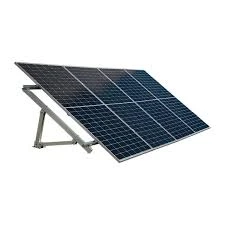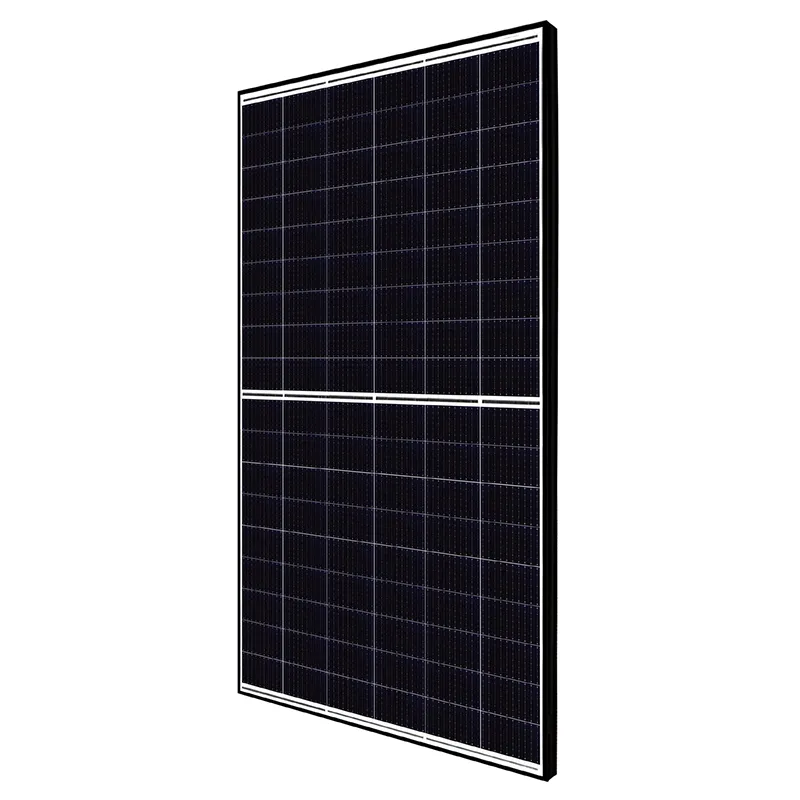Jan . 23, 2025 02:26
Back to list
monocrystalline solar panels for sale
Solar energy is rapidly gaining traction as a viable and sustainable energy solution for homeowners. With energy costs on the rise and environmental concerns becoming more pressing, many are looking towards solar panels as an effective way to reduce electricity bills and carbon footprint. Selecting the right type of solar panel for residential use can seem daunting, but understanding the various options can empower homeowners to make informed decisions that align with their energy needs and personal values.
Bifacial Solar Panels As the name suggests, bifacial panels can absorb sunlight from both sides, thus capturing more energy than traditional panels. This feature is particularly advantageous in locations where sunlight can reflect off surfaces like snow or water. Often made using monocrystalline cells, bifacial panels offer high efficiency and an intriguing return on investment. Due to their ability to harness additional reflected sunlight, they’re well-suited for open spaces and elevated installations where surface material can reflect solar energy. PERC Solar Panels Passivated Emitter and Rear Cell (PERC) technology enhances the efficiency of traditional monocrystalline and polycrystalline panels by adding a layer on the cell's back surface. This layer reflects sunlight back into the cell, increasing energy capture. The innovation promises an additional 5% efficiency increase compared to standard panels. PERC panels provide balanced benefits, offering a high-efficiency option within existing crystalline frameworks and representing a progressive step in solar technology's evolution. Choosing the right solar panel type involves considering location-specific factors like climate, available space, and individual energy consumption patterns. Professional consultations with certified solar installers can provide valuable insights into local regulations, optimal panel orientation, and mounting alternatives tailored to specific residential needs. Investing in solar panels represents not only a commitment to sustainability but also a strategic financial decision. As solar technology continues to advance and prices become more competitive, embracing this green technology at home has never been more accessible or beneficial. Understanding the diverse landscape of solar panels allows homeowners to select systems that reflect their priorities, be it budget, efficiency, aesthetics, or technological innovation. Empowered with knowledge and the guidance of reputable experts, homeowners can embark on their solar journey with confidence and contribute positively to a cleaner, more sustainable future.


Bifacial Solar Panels As the name suggests, bifacial panels can absorb sunlight from both sides, thus capturing more energy than traditional panels. This feature is particularly advantageous in locations where sunlight can reflect off surfaces like snow or water. Often made using monocrystalline cells, bifacial panels offer high efficiency and an intriguing return on investment. Due to their ability to harness additional reflected sunlight, they’re well-suited for open spaces and elevated installations where surface material can reflect solar energy. PERC Solar Panels Passivated Emitter and Rear Cell (PERC) technology enhances the efficiency of traditional monocrystalline and polycrystalline panels by adding a layer on the cell's back surface. This layer reflects sunlight back into the cell, increasing energy capture. The innovation promises an additional 5% efficiency increase compared to standard panels. PERC panels provide balanced benefits, offering a high-efficiency option within existing crystalline frameworks and representing a progressive step in solar technology's evolution. Choosing the right solar panel type involves considering location-specific factors like climate, available space, and individual energy consumption patterns. Professional consultations with certified solar installers can provide valuable insights into local regulations, optimal panel orientation, and mounting alternatives tailored to specific residential needs. Investing in solar panels represents not only a commitment to sustainability but also a strategic financial decision. As solar technology continues to advance and prices become more competitive, embracing this green technology at home has never been more accessible or beneficial. Understanding the diverse landscape of solar panels allows homeowners to select systems that reflect their priorities, be it budget, efficiency, aesthetics, or technological innovation. Empowered with knowledge and the guidance of reputable experts, homeowners can embark on their solar journey with confidence and contribute positively to a cleaner, more sustainable future.
Next:
Latest news
-
String Solar Inverter: The High-Efficiency Solution for Smart Solar EnergyNewsJul.14,2025
-
Revolutionizing Rooftop Energy with the Power of the Micro Solar InverterNewsJul.14,2025
-
Power Independence with Smart Off Grid Solar Inverter SolutionsNewsJul.14,2025
-
On Grid Solar Inverter: Powering the Future with Smart Grid IntegrationNewsJul.14,2025
-
Monocrystalline Solar Panels: High-Efficiency Power for the Future of Clean EnergyNewsJul.14,2025
-
Bifacial Solar Panel: A Smarter Investment for Next-Generation Energy SystemsNewsJul.14,2025
Related PRODUCTS







